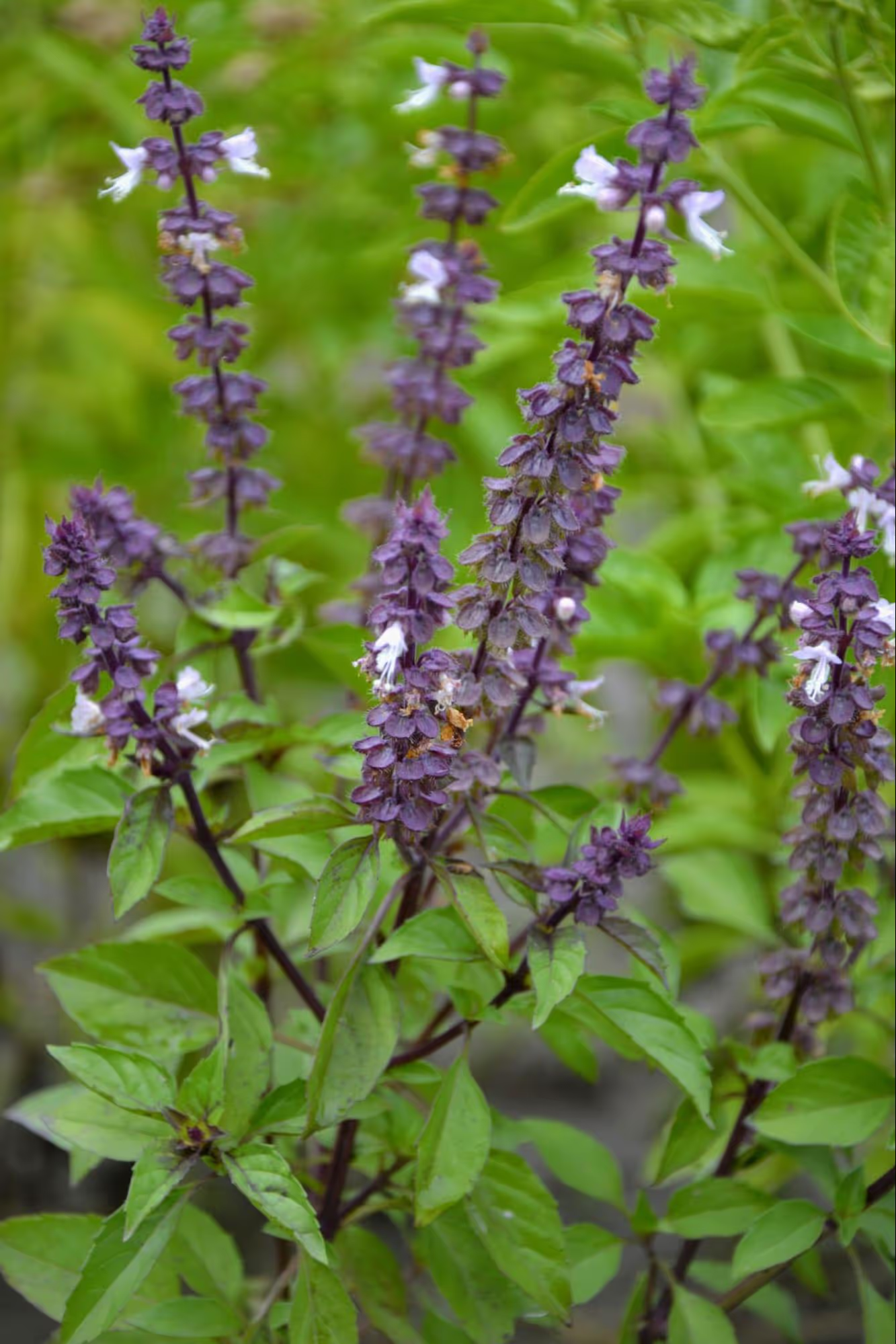
Basil is a plant widely used in culinary as an essential herb, recognized for its intense aroma and flavorful taste. Its fresh leaves add richness and depth to a variety of dishes, from salads to sauces. However, like all plants, basil goes through different growth stages, from sprouting to mature herbs. One of the most important phases for basil enthusiasts is when it begins to flower.
Basil usually begins to flower when it reaches maturity, typically around 6 to 8 weeks after planting, depending on growth conditions and the basil variety. The flowers of basil are usually white or purple, appearing in small clusters at the top of the stems. However, this depends on temperature and light. Basil thrives in warm conditions, and in such environments, flowering may begin earlier. In cooler climates, flowering may be delayed. When basil starts to form flower buds, it typically indicates that the plant has reached its natural final growth cycle.
Basil’s flowers have their own distinct scent and flavor, but they are significantly milder compared to the intense aroma of its leaves. The main challenge with basil flowering is its impact on the flavor of the leaves. As the plant transitions into the flowering stage, it begins to produce hormones that trigger flowering, which results in a decrease in the concentration of essential oils in the leaves. These essential oils are responsible for basil’s strong aroma and taste, so as the plant enters the flowering stage, these qualities diminish. As a result, the leaves become less aromatic, which can significantly affect their flavor.
Flowering is not necessarily harmful to the health of basil, but it can have long-term consequences on its vitality. During flowering, the plant directs its energy toward producing flowers and seeds, which can slow down the growth of the leaves. As the plant enters this final phase, its growth rate decreases, and the quality of new leaves declines. Ultimately, the plant may complete its life cycle more quickly, as its primary goal reproduction is fulfilled.
The best way to extend basil’s growing period and maintain the quality of its leaves is through regular pruning. Pruning is a simple and effective method to prevent excessive flowering and encourage the plant to develop more new leaves.
Here are a few helpful tips:
Flowering is a natural part of basil’s growth cycle, but it can negatively affect the quality of its leaves by reducing their flavor and aroma. To preserve the freshness and taste of this beloved herb, regular pruning and flower removal are essential, as well as providing optimal growing conditions. Timely stem trimming, encouraging lateral growth, and ensuring proper light, temperature, and humidity can extend the growing period and keep the plant productive and aromatic for longer. This way, basil enthusiasts can enjoy fresh, flavorful leaves throughout the season.